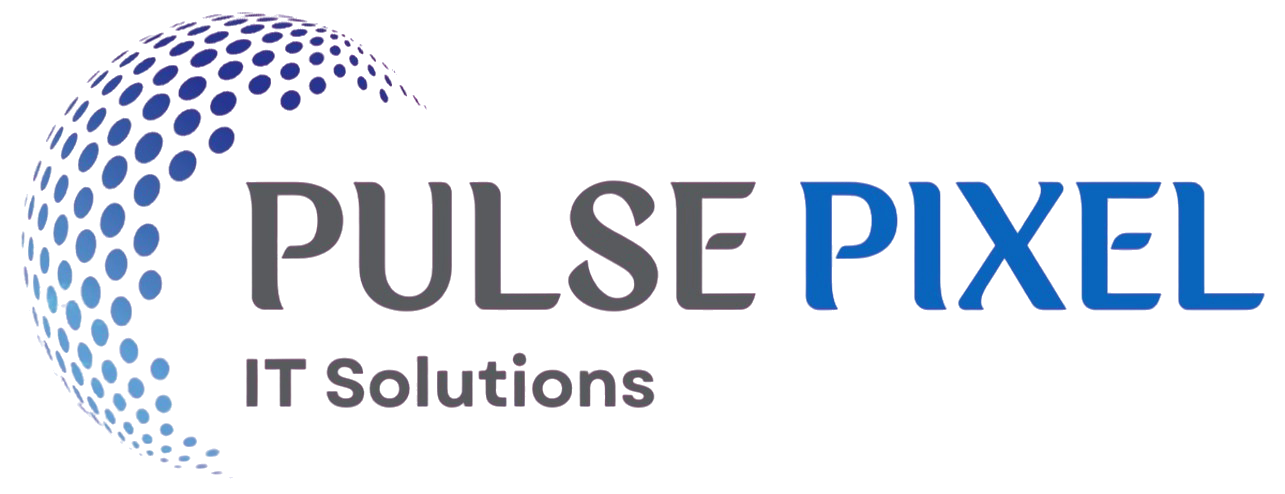Web Development Trends That Drive Conversions
In the digital-first world, a well-designed website is more than just a digital presence it’s a powerful tool to attract visitors, engage users, and convert them into loyal customers. Modern web development trends are constantly evolving to meet user expectations, enhance experiences, and maximize business results. Leveraging the latest development trends is crucial for creating high-performing, conversion-driven websites that deliver real ROI. One of the most influential trends is mobile-first and responsive design. With the majority of web traffic now coming from smartphones and tablets, websites must be optimized for mobile users. Fast-loading, touch-friendly interfaces ensure that potential customers have a seamless experience, regardless of the device they use leading to higher engagement and improved conversion rates.
Another powerful trend is personalization through AI and data-driven design. Websites can now deliver content and product recommendations tailored to each visitor’s behavior, location, and preferences. This personalization increases relevance and makes users more likely to convert. Integrating smart features like AI-powered chatbots, recommendation engines, and dynamic CTAs can significantly enhance user interaction and drive conversions. Speed and performance optimization remain critical. Features such as lazy loading, server-side rendering, and content delivery networks (CDNs) are being widely used to ensure lightning-fast load times.

Mobile-First & Responsive Design
With mobile usage dominating web traffic, having a mobile-first and fully responsive website is no longer optional it’s essential. A responsive design ensures that your site automatically adjusts to various screen sizes, offering a smooth and consistent experience across smartphones, tablets, and desktops. By focusing on mobile usability from the start, you reduce friction for on-the-go users, improve page speed, and increase user engagement all of which directly contribute to higher conversion rates. A seamless mobile experience can turn casual visitors into loyal customers.
Faster Load Times & Performance Optimization
Website speed is a major factor in user retention and conversion. A delay of even a few seconds can lead to higher bounce rates and lost sales. Modern development practices now focus heavily on performance optimization through techniques such as lazy loading, image compression, code minification, and the use of Content Delivery Networks (CDNs). Server-side rendering and advanced caching strategies also improve speed. A fast website keeps users engaged, lowers abandonment rates, and creates a positive impression that supports conversion goals.
Personalization with AI and Data-Driven Content
Users today expect personalized experiences tailored to their preferences and behaviors. AI-driven personalization allows websites to dynamically change content, product recommendations, and offers based on visitor data. Integrating features like smart chatbots, predictive search, and behavior tracking can significantly improve engagement. When users feel like a website “understands” their needs, they are more likely to convert. Personalization builds relevance and trust, making the user journey feel intentional and satisfying.
Interactive UI/UX Elements
Modern users crave interaction and smooth user journeys. Web developers now use frameworks like React, Vue.js, and animations powered by JavaScript and CSS to create fluid, engaging interfaces. Micro-interactions such as hover effects, animated buttons, and scroll-triggered elements keep users engaged and guide them through the conversion funnel without overwhelming them. A strong UI/UX encourages users to stay longer, interact more deeply, and ultimately take action, such as making a purchase or filling out a contact form.
Conversion-Focused Design & Clear CTAs
Trends in web design are becoming increasingly strategic, focusing on user intent and conversion paths. Clear, bold, and well-placed calls-to-action (CTAs) help guide visitors to complete desired actions without confusion. Elements like sticky headers, exit-intent popups, simplified navigation, and minimalistic layouts are being adopted to reduce distractions and direct attention to key conversion points. Web development now emphasizes aligning visual hierarchy with conversion goals, ensuring every element has a purpose.
Enhanced Security & Trust Elements
Trust plays a vital role in conversion. Features like SSL certificates, secure payment gateways, GDPR compliance, and transparent privacy policies are expected by users and search engines alike. Development practices are shifting toward prioritizing web security, while also integrating trust signals such as reviews, testimonials, awards, and partner logos throughout the site. A secure and trustworthy site reduces hesitation and gives visitors the confidence to complete transactions or share personal information.
Security and trust-building features like HTTPS, clean navigation, clear messaging, social proof, and streamlined checkouts also contribute to higher conversions. Users are more likely to buy or fill out a form when they feel safe, informed, and supported throughout their browsing journey.
Incorporating voice search optimization, dark mode, progressive web apps (PWAs), and accessible design are other notable trends that create inclusive and convenient user experiences. Each trend, when implemented strategically, supports the ultimate goal of guiding the user toward a desired action whether it’s making a purchase, signing up, or requesting a quote. Ultimately, staying ahead of web development trends isn’t just about looking modern it’s about creating faster, smarter, and more intuitive websites that connect with users and convert visitors into customers.


